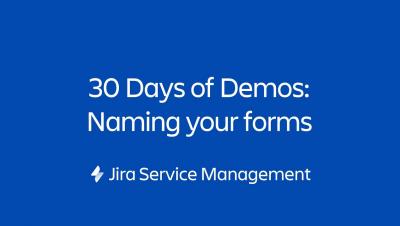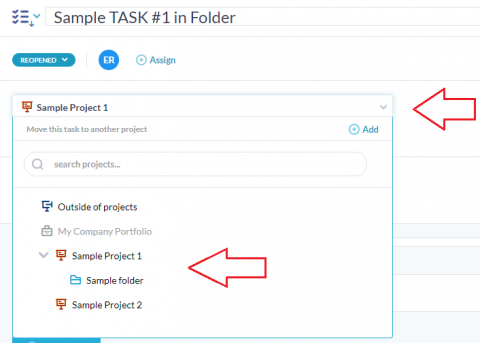Teams | Collaboration | Customer Service | Project Management
%term
Experience Better Document Management Through Metadata
The Skills for Collaboration: What You Need to Know About Working Effectively as a Team
When it comes to working together, we could think it’s all about delegating tasks and letting people be, right? Yet, this premise is far from the truth! Effective collaboration allows for different points of view and interpersonal skills to be brought together to reach a common goal. Therefore, to build a collaborative environment, you need to develop collaboration skills; this is exactly why we are here!
Link form fields to Jira fields | 30 Days of Form Demos | Jira Service Management
The Rise of Remote-First Companies: Is Remote Working the New Norm?
We may work in different hours and time zones, and many people work from home or elsewhere. According to a study by Gallup, 37% of workers in the United States telecommute at least some time. Employees working remotely will increase as more organizations adopt remote work policies. There are many benefits to working from remote locations, such as increased productivity and flexibility. This blog post will explore the rise of remote work and remote-first workplaces. Let’s dive in!
Form settings | 30 Days of Form Demos | Jira Service Management
5 Pros of Employee Time Clock App in a Hybrid Work Model
The hybrid work model combines remote and on-site work and has become increasingly popular in recent years. This model offers several advantages for both employers and employees. For employers, it can help to reduce overhead costs and increase flexibility. For employees, it can provide a better work-life balance and improve job satisfaction.
Using the Move to Folder Feature
In OneDesk, your items exist in a structured manner. You can have: Portfolios (and sub-portfolios), Projects, and Folders. That order is basically the hierarchy from top to bottom. In other words, folders exist in projects and projects inside of portfolios (though projects can be independent also). Check out our related articles for more details on work structure. In this article I want to talk about folders and a helpful feature called “move to folder.”
Work Smart: How Work Monitoring Software Can Help Drive Decision Intelligence
In today’s highly competitive, data-driven society, businesses must leverage data for more intelligent decision-making. Digital tools like company monitoring software can leverage data and structure it to yield effective and actionable insights, which can help drive a more intelligent, data-backed business strategy.
Best Remote Management Tips and Tools to Boost Team Productivity
Many people prefer to work remotely because they don’t have to commute and enjoy more flexibility. It gives them the opportunity to tailor their schedules to fit their lifestyles and find a better work/life balance. According to FlexJobs, 60% of women and 52% of men will quit their jobs if their employers do not offer remote work. Having to manage remote employees can be challenging for managers who still have a traditional mindset.











